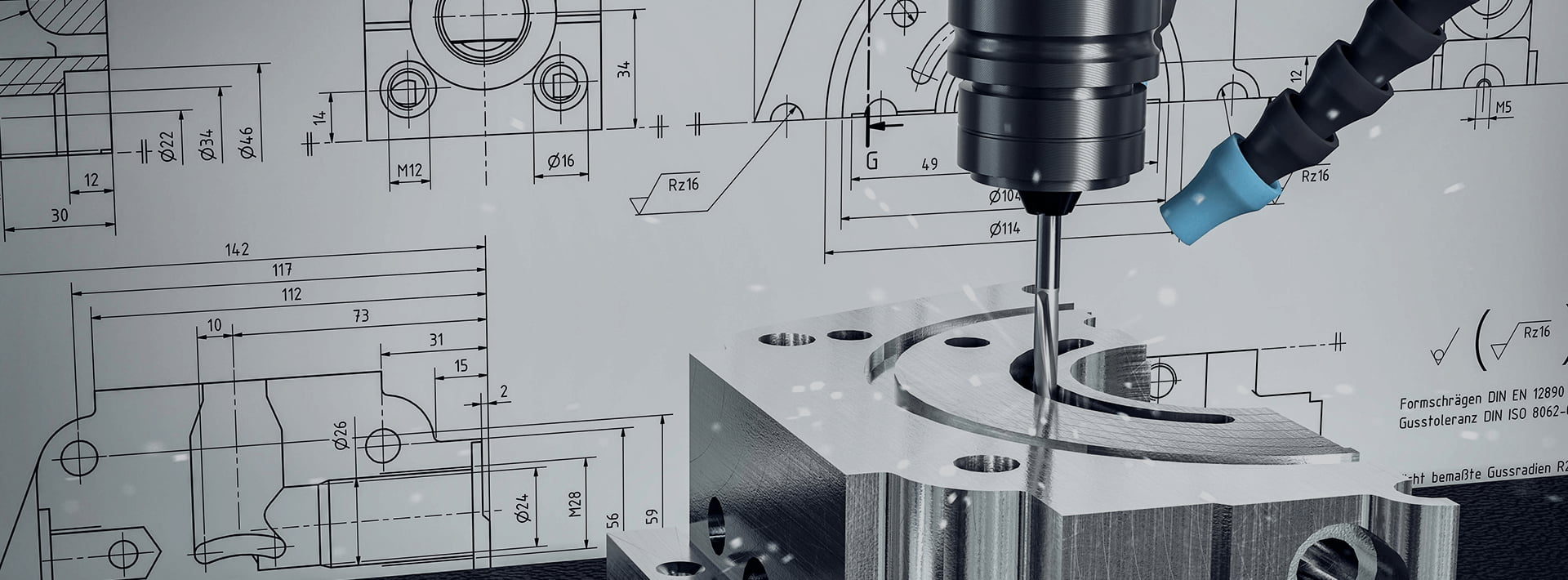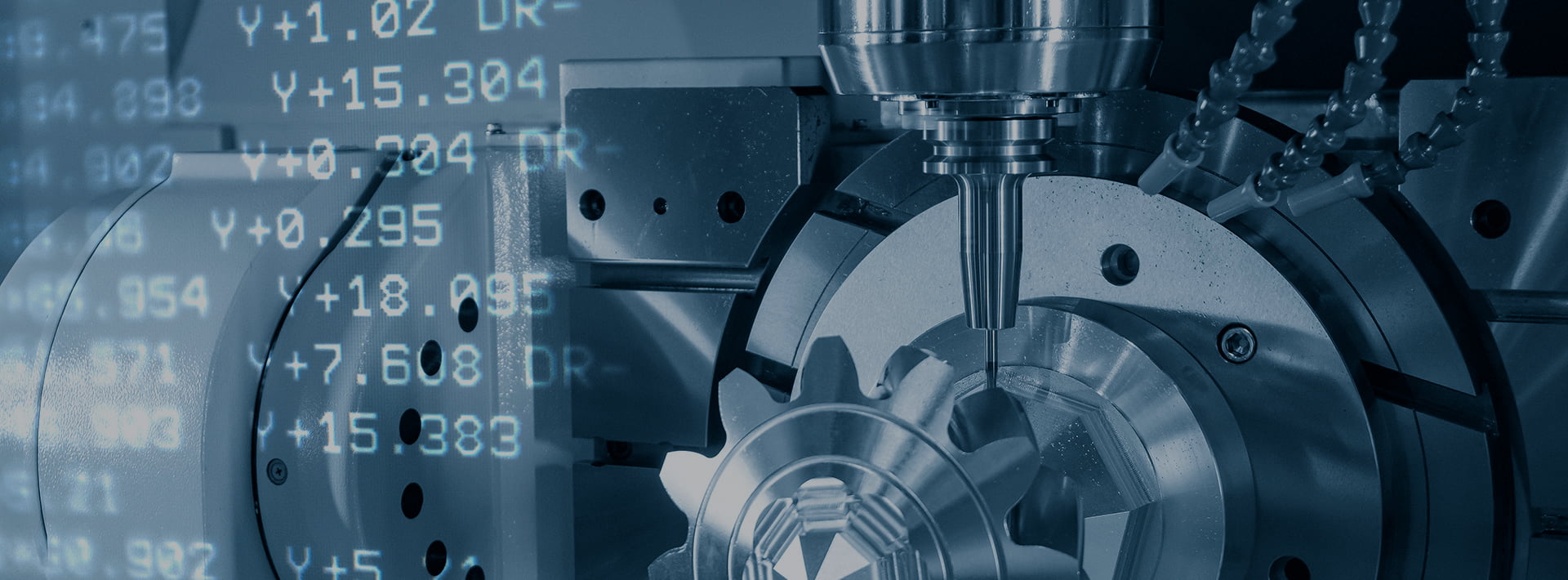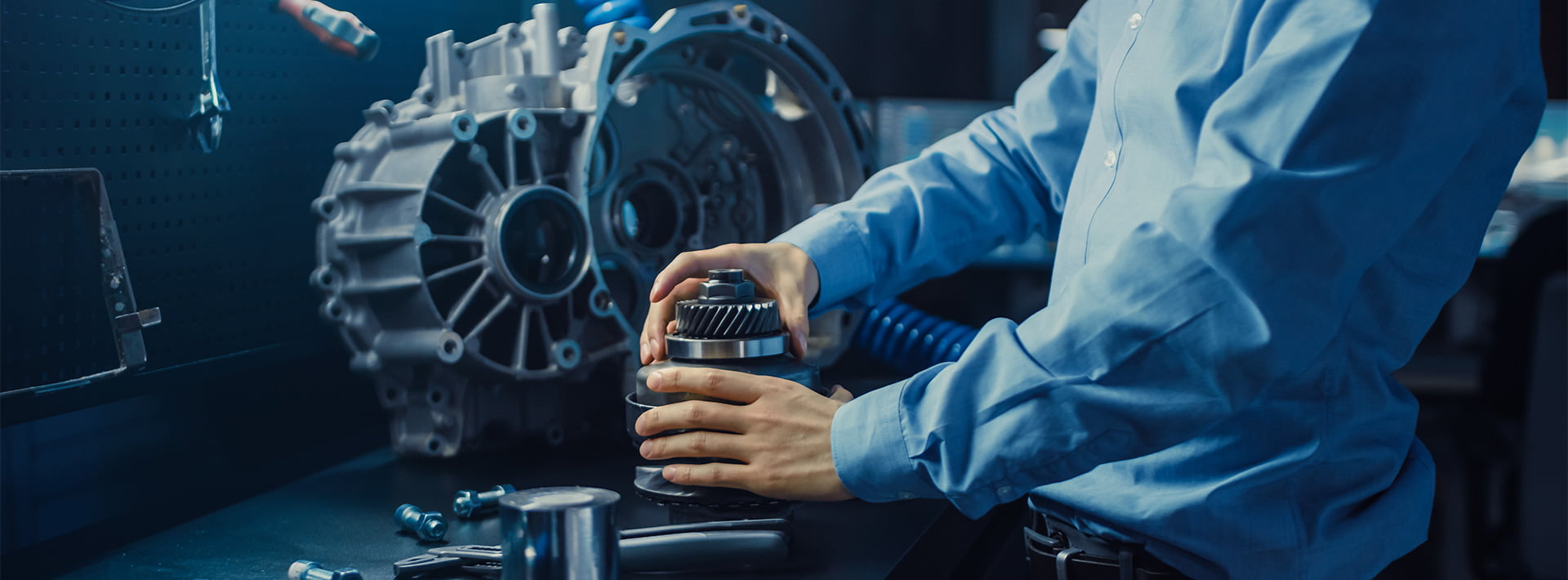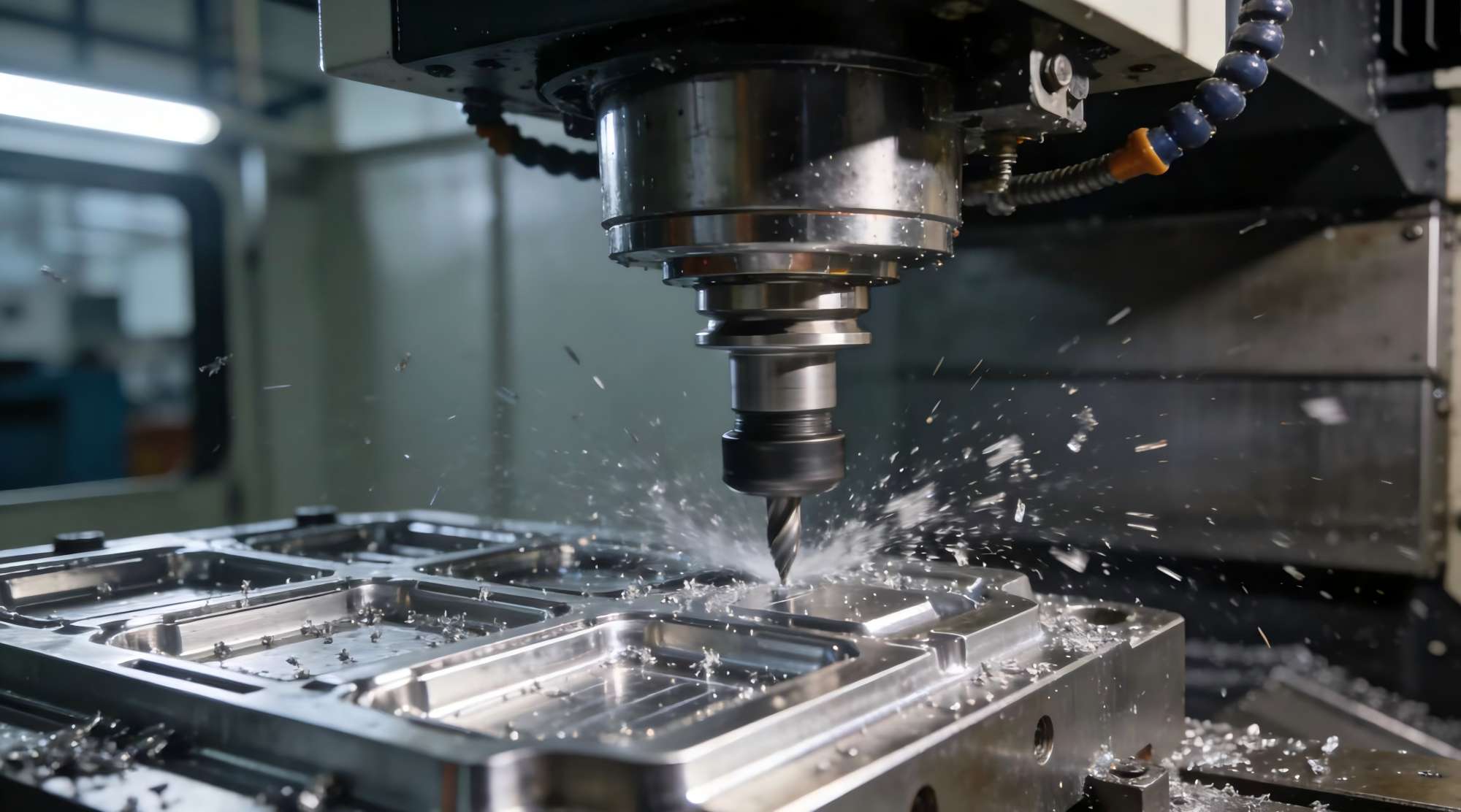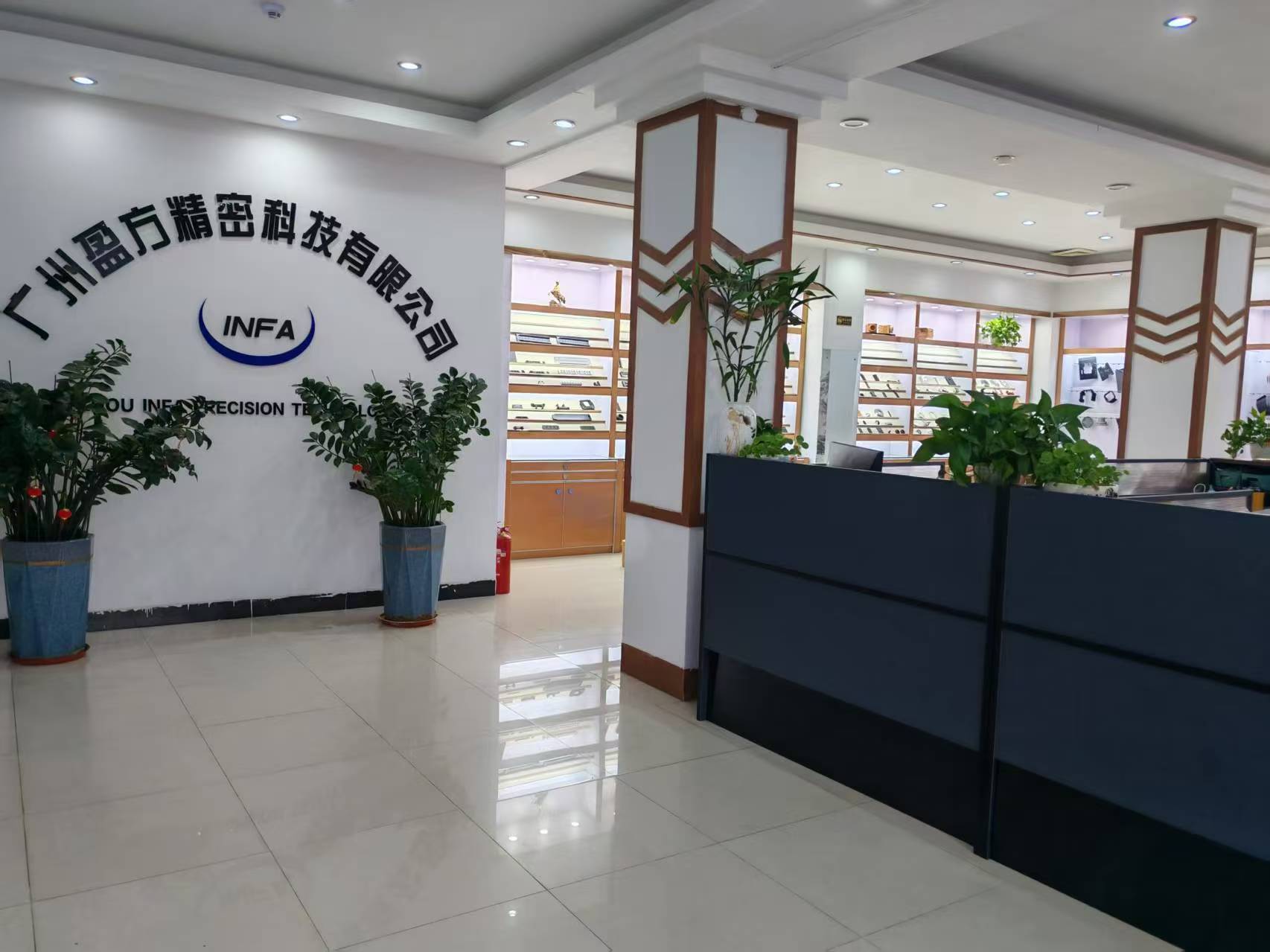How to Cut Costs for CNC Machining
Cutting costs in CNC machining requires a strategic approach that balances design optimization, material selection, machining efficiency, and supplier relationships. Here are key strategies to reduce expenses:
First. Design Optimization
- Simplify Geometry: Reduce complex features (e.g., deep pockets, thin walls, tight tolerances) that increase machining time and tool wear.
- Avoid Over-Tolerancing: Specify tight tolerances only where critical; looser tolerances reduce machining time and cost.
- Use Standard Features: Standard hole sizes, fillets, and threads (e.g., UNC, metric) avoid custom tooling.
- Minimize Setups: Design parts that can be machined in fewer orientations to reduce labor and fixture costs.
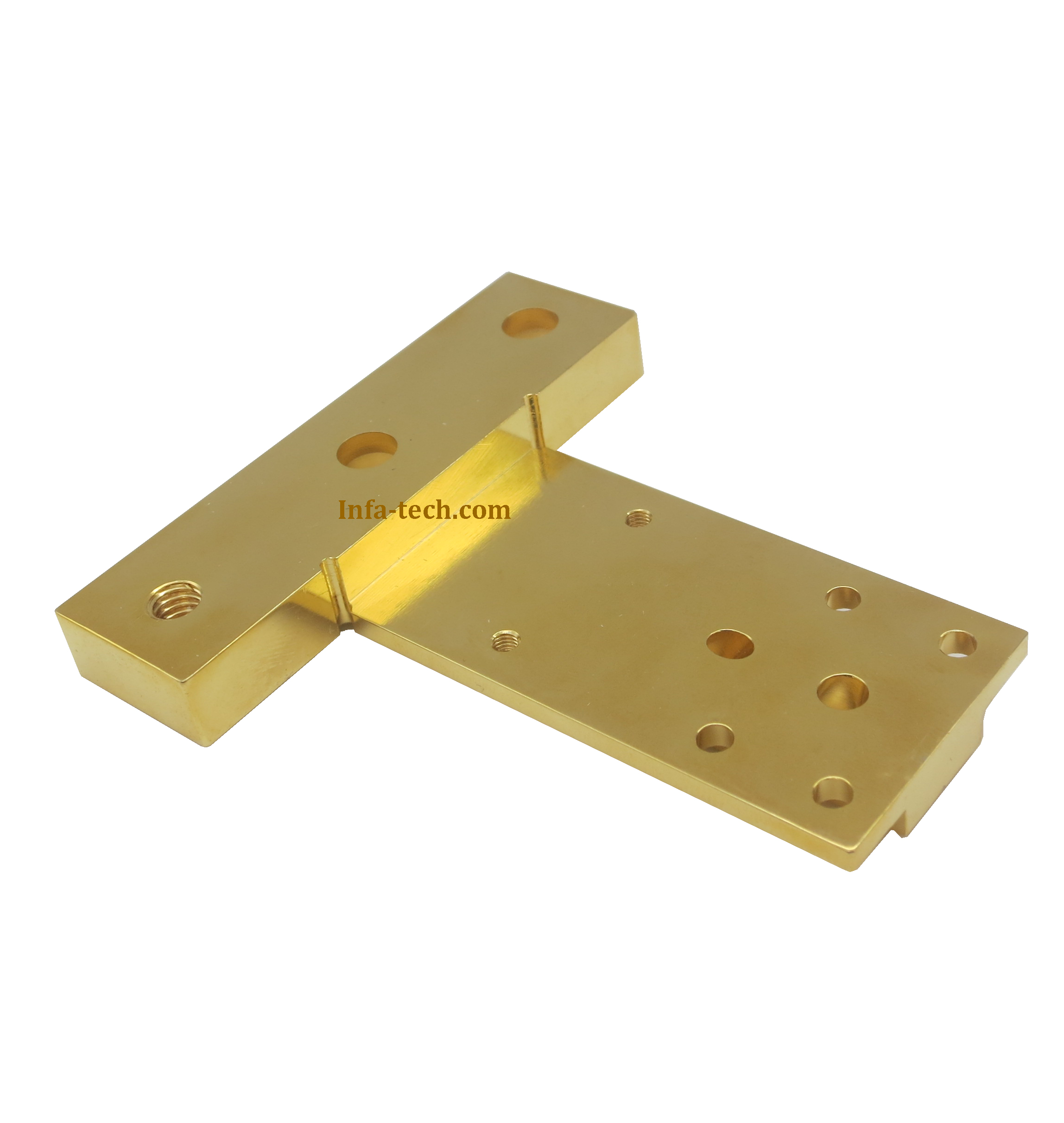 Second. Material Selection
Second. Material Selection
- Choose Cost-Effective Materials: Opt for aluminum (e.g., 6061) over stainless steel or titanium when possible.
- Use Near-Net Shapes: Start with stock material close to the final dimensions (e.g., extruded profiles) to reduce machining time.
- Avoid Excess Material Waste: Optimize part dimensions to fit standard stock sizes.
Third. Machining Process Efficiency
- Optimize Toolpaths: Use CAM software to minimize rapid moves and air-cutting time.
- High-Speed Machining (HSM): Faster feeds and speeds can reduce cycle times.
- Batch Production: Machine multiple parts in a single setup to amortize setup costs.
- Standardize Tooling: Use common end mills, drills, and inserts to avoid custom tool costs.
Fourth. Supplier & Logistics
- Compare Multiple Vendors: Get quotes from several machine shops to find competitive pricing.
- Local vs. Offshore: Balance shipping costs against lower labor rates abroad (e.g., China, India).
- Long-Term Partnerships: Build relationships with suppliers for volume discounts.
Fifth. Post-Processing & Finishing
- Reduce Secondary Operations: Avoid unnecessary finishes (e.g., anodizing, polishing) unless critical.
- Self-Fixturing Designs: Incorporate features that simplify post-processing (e.g., tabs for coating).
Sixth. Prototyping vs. Production
- 3D Printing for Prototypes: Use additive manufacturing for early designs to avoid CNC costs.
- DFM (Design for Manufacturing): Consult with machinists early to identify cost-saving adjustments.
Seventh. Volume Discounts
- Order in Bulk: Higher quantities often reduce per-unit costs due to amortized setups.
- Modular Designs: Use interchangeable parts to increase order volumes.
Eighth. Software & Automation
- CAM Simulation: Verify toolpaths to avoid errors and wasted material.
- Automated Quotes: Use platforms like Xometry, Protolabs, or Hubs for instant cost comparisons.
Example Cost-Saving Adjustments
- Before: A part with +/-0.001" tolerances everywhere.
After: Relax tolerances to +/-0.005" except for critical features.
- Before: A complex 5-axis machined part.
After: Redesign for 3-axis machining + simple assembly.
First. Design Optimization
- Simplify Geometry: Reduce complex features (e.g., deep pockets, thin walls, tight tolerances) that increase machining time and tool wear.
- Avoid Over-Tolerancing: Specify tight tolerances only where critical; looser tolerances reduce machining time and cost.
- Use Standard Features: Standard hole sizes, fillets, and threads (e.g., UNC, metric) avoid custom tooling.
- Minimize Setups: Design parts that can be machined in fewer orientations to reduce labor and fixture costs.

- Choose Cost-Effective Materials: Opt for aluminum (e.g., 6061) over stainless steel or titanium when possible.
- Use Near-Net Shapes: Start with stock material close to the final dimensions (e.g., extruded profiles) to reduce machining time.
- Avoid Excess Material Waste: Optimize part dimensions to fit standard stock sizes.
Third. Machining Process Efficiency
- Optimize Toolpaths: Use CAM software to minimize rapid moves and air-cutting time.
- High-Speed Machining (HSM): Faster feeds and speeds can reduce cycle times.
- Batch Production: Machine multiple parts in a single setup to amortize setup costs.
- Standardize Tooling: Use common end mills, drills, and inserts to avoid custom tool costs.
Fourth. Supplier & Logistics
- Compare Multiple Vendors: Get quotes from several machine shops to find competitive pricing.
- Local vs. Offshore: Balance shipping costs against lower labor rates abroad (e.g., China, India).
- Long-Term Partnerships: Build relationships with suppliers for volume discounts.
Fifth. Post-Processing & Finishing
- Reduce Secondary Operations: Avoid unnecessary finishes (e.g., anodizing, polishing) unless critical.
- Self-Fixturing Designs: Incorporate features that simplify post-processing (e.g., tabs for coating).
Sixth. Prototyping vs. Production
- 3D Printing for Prototypes: Use additive manufacturing for early designs to avoid CNC costs.
- DFM (Design for Manufacturing): Consult with machinists early to identify cost-saving adjustments.
Seventh. Volume Discounts
- Order in Bulk: Higher quantities often reduce per-unit costs due to amortized setups.
- Modular Designs: Use interchangeable parts to increase order volumes.
Eighth. Software & Automation
- CAM Simulation: Verify toolpaths to avoid errors and wasted material.
- Automated Quotes: Use platforms like Xometry, Protolabs, or Hubs for instant cost comparisons.
Example Cost-Saving Adjustments
- Before: A part with +/-0.001" tolerances everywhere.
After: Relax tolerances to +/-0.005" except for critical features.
- Before: A complex 5-axis machined part.
After: Redesign for 3-axis machining + simple assembly.
By implementing these strategies, you can significantly reduce CNC machining expenses without sacrificing part quality. Always collaborate with your machining provider for tailored advice.
#cnc#cncmachining#PrecisionEngineering#Technology#Manufacturing

